Saturn, with its breathtaking rings and captivating beauty, is one of the most enchanting planets in our solar system. Known for its distinct feature that sets it apart from all other planets, Saturn has intrigued scientists and stargazers for centuries.
In this comprehensive post, we embark on an exploration of the wonders of Saturn, uncovering its unique characteristics, the intricate system of rings, its intriguing moons, and the ongoing missions that deepen our understanding of this celestial gem.
Table of Contents
Planet Saturn quick facts
- Planet type: Gas Giant
- Age: 4.6 billion years (and counting)
- Length of year: 10,759 earth days
- One way light time to the Sun: 81.418784 minutes
- Rotation time on its axis: 10.7 hours
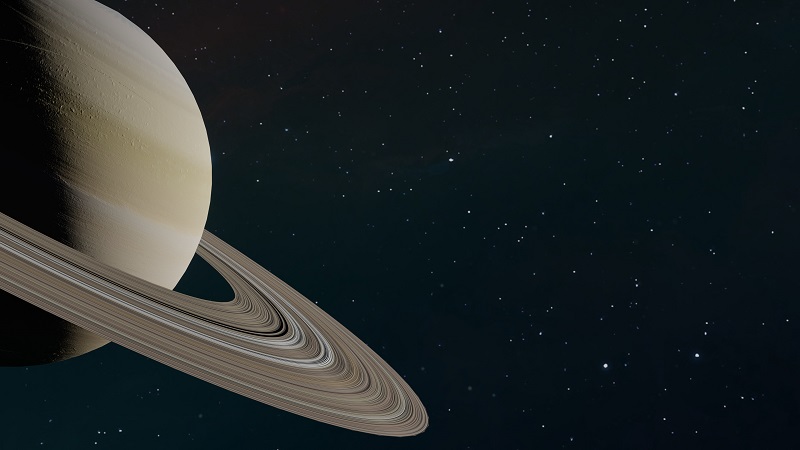
Saturn’s Composition and Physical Characteristics
Examining Saturn’s composition, we notice that primarily consists of hydrogen and helium. Regarding size, it is the second largest among the planets, and with its low density, makes it less dense than water. Saturn’s beautiful yellowish hue is caused by trace amounts of other compounds in its atmosphere. Delving into the internal structure of Saturn, it is composed of a dense core and layers of metallic hydrogen, as well as the peculiar hexagonal storm system observed at its north pole.
The Majestic Rings of Saturn
Saturn’s iconic feature, its magnificent system of rings, is a celestial marvel. Saturn’s rings are composed of countless icy particles ranging in size from micrometers to meters. Various types of rings exist, including the main rings (A, B, and C), the Cassini Division, and the fainter outer rings. These rings have intricate dynamics of the ring system, including the interactions between particles and the gravitational influence of nearby moons.
Moons of Saturn: A Diverse Family
Saturn is accompanied by a fascinating family of moons, each possessing its own unique characteristics and mysteries. Some of Saturn’s notable moons include Titan, Enceladus, and Rhea. Titan, the largest moon of Saturn, features a dense atmosphere and hydrocarbon lakes, making it an intriguing target for scientific exploration. Enceladus, with its geysers of water vapor erupting from its south pole, hints at the presence of subsurface oceans and the potential for habitability. Rhea, another significant moon, exhibits an intriguing surface with a network of fractures. Beside these notable moons, vast number of smaller moons orbit Saturn, adding to the richness and complexity of its moon system.
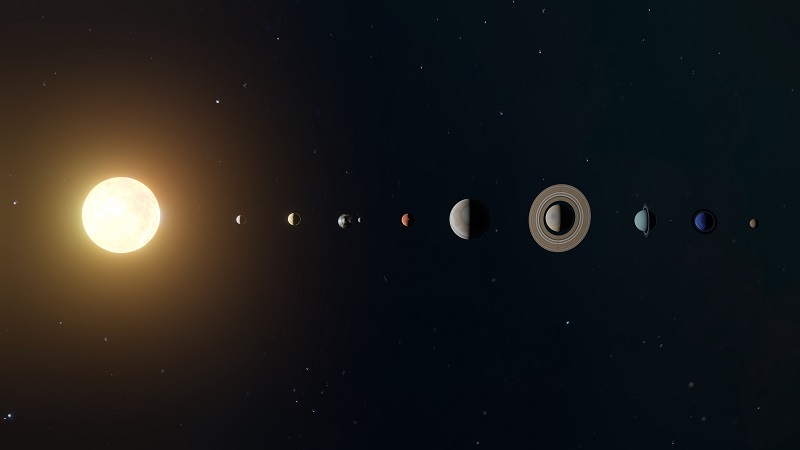
The Cassini Mission: Exploring Saturn’s Mysteries
The Cassini-Huygens mission, a collaboration between NASA, ESA, and the Italian Space Agency, provided unprecedented insights into the mysteries of Saturn and its moons. The objectives and accomplishments of this remarkable mission, which orbited Saturn for over 13 years, provided valuable data and breathtaking images of Saturn’s rings, its atmosphere, and the diverse moons. Some of the key discoveries made by the mission include the presence of liquid oceans on Enceladus and Titan’s Earth-like features.
The Grand Finale and Continued Exploration
The Cassini mission’s Grand Finale, a series of daring orbits diving between Saturn and its rings, marked the end of an era of exploration. It had great scientific significance of the Grand Finale and the invaluable data it provided on Saturn’s atmosphere and gravitational field. Furthermore, exploration of Saturn will continue through upcoming missions, such as NASA’s Dragonfly mission, which plans to send a rotorcraft to explore the surface of Titan in detail.
Saturn in Cultural and Scientific Significance
Saturn’s captivating beauty and celestial presence have inspired cultures throughout history. The cultural significance of Saturn, from its representation in ancient mythology to its influence on art, literature, and music is significant. Additionally, the scientific importance of studying Saturn and its rings, offers insights into planetary formation, dynamics, and the understanding of other ringed celestial bodies in the universe.

Conclusion
Saturn, with its enchanting rings and intriguing moons, continues to captivate our imagination and deepen our understanding of the wonders of the solar system. Its unique characteristics and the ongoing scientific missions provide us with invaluable insights into planetary dynamics, the origins of celestial bodies, and the potential for habitability beyond Earth. As we gaze upon the ringed jewel of Saturn, we are reminded of the vast beauty and complexity of the cosmos, fueling our curiosity and inspiring further exploration of our celestial neighborhood.
Read more posts on Science.
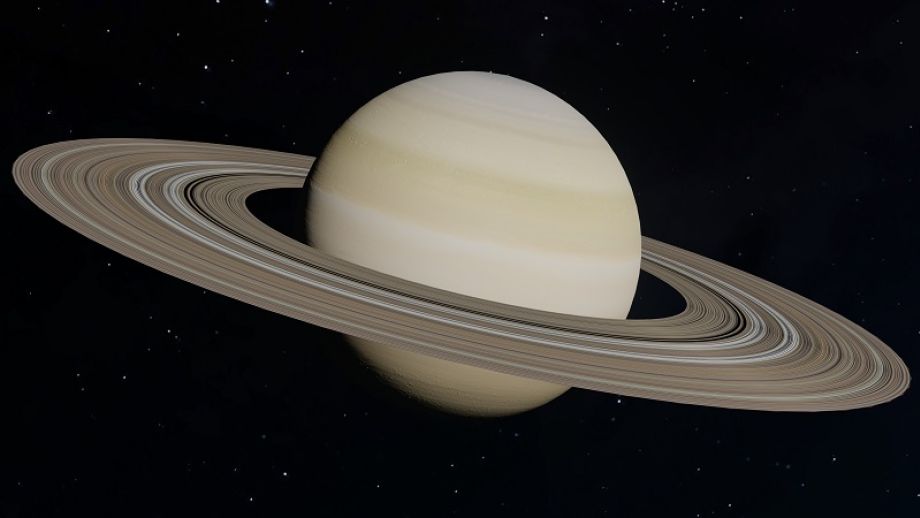
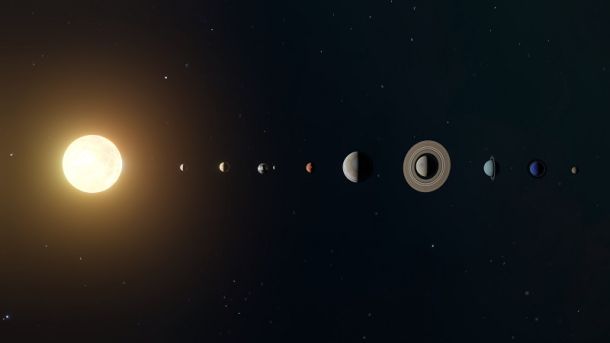
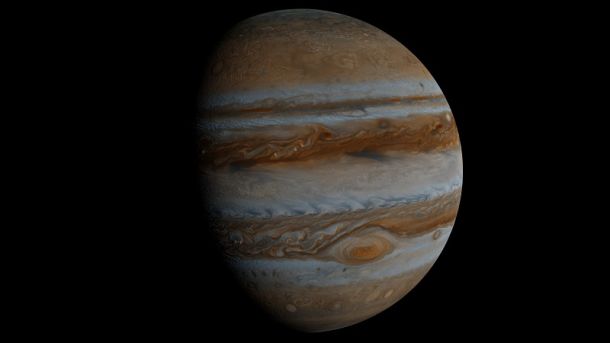

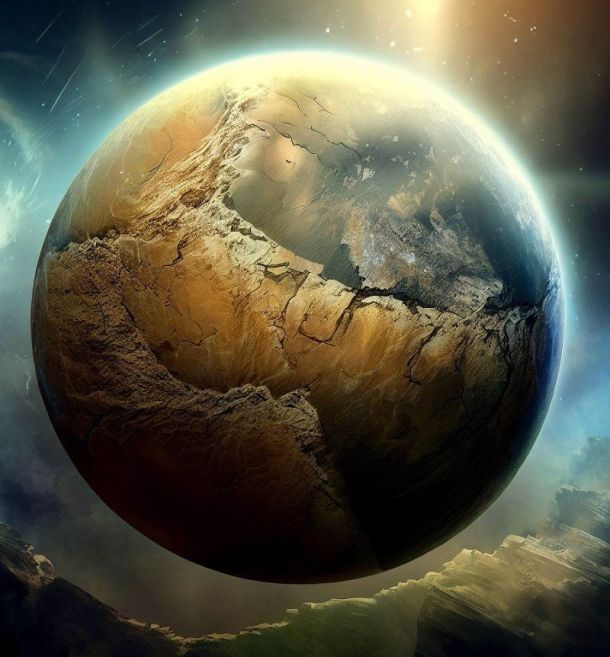
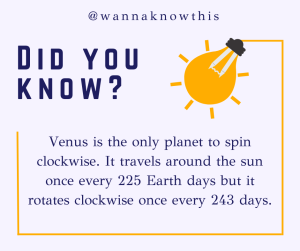
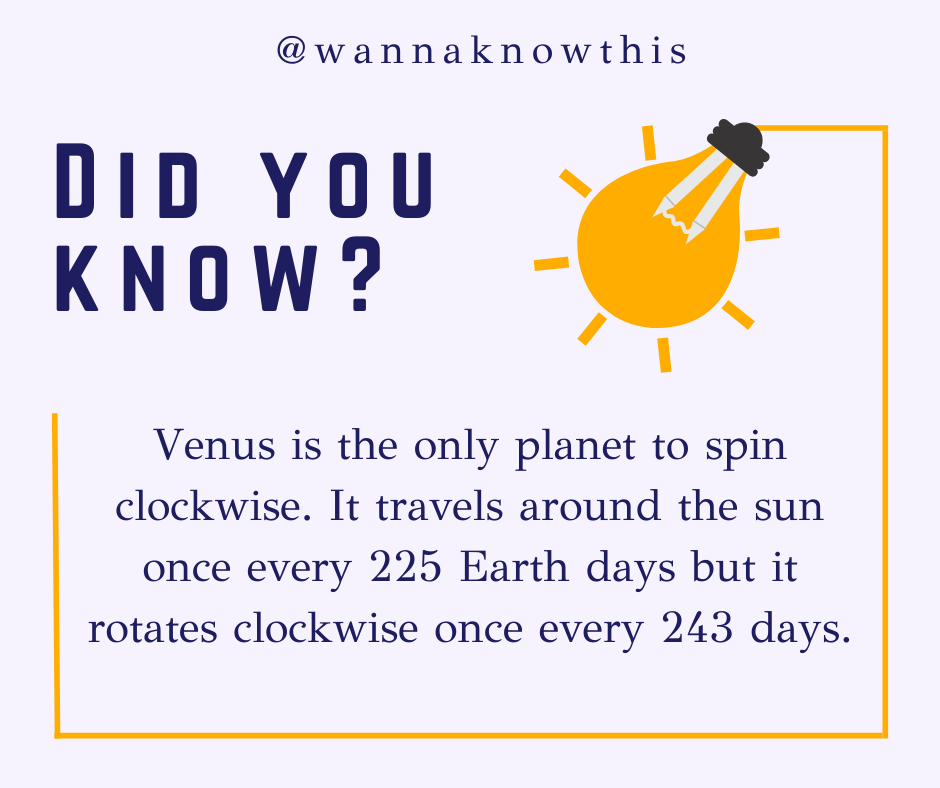
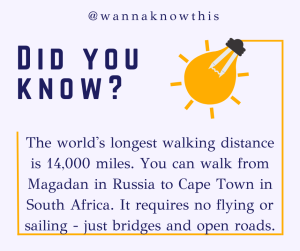
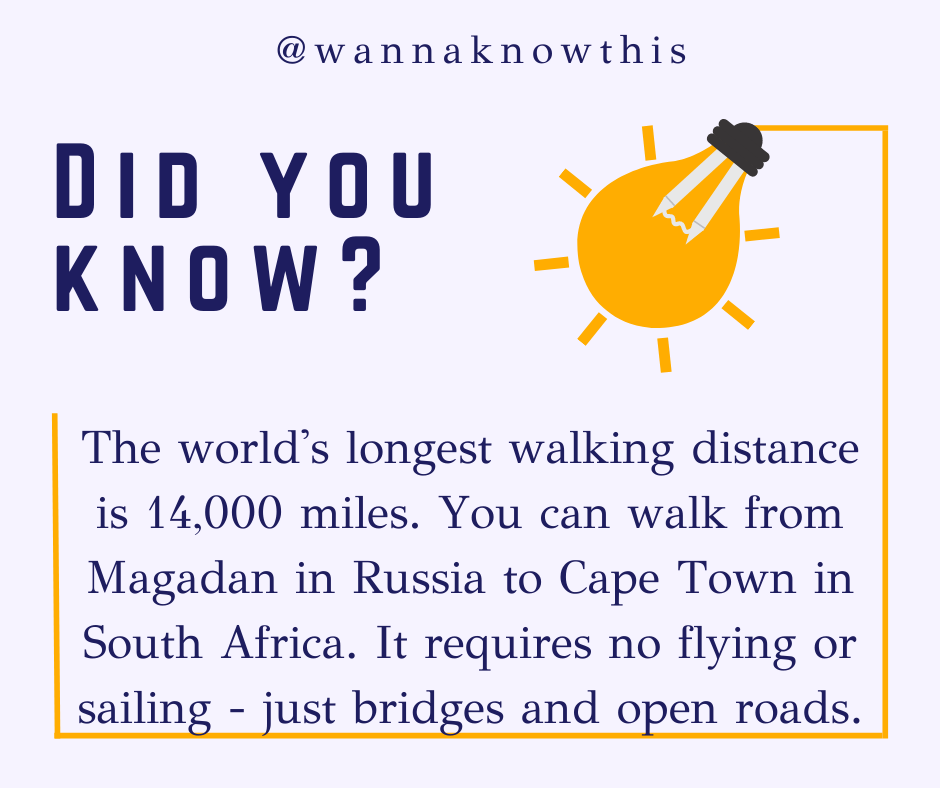







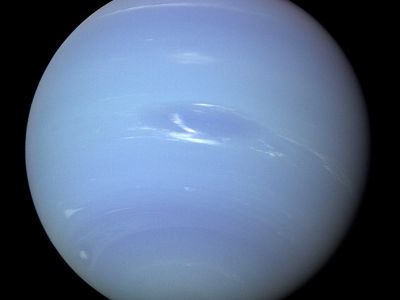
Leave a Reply